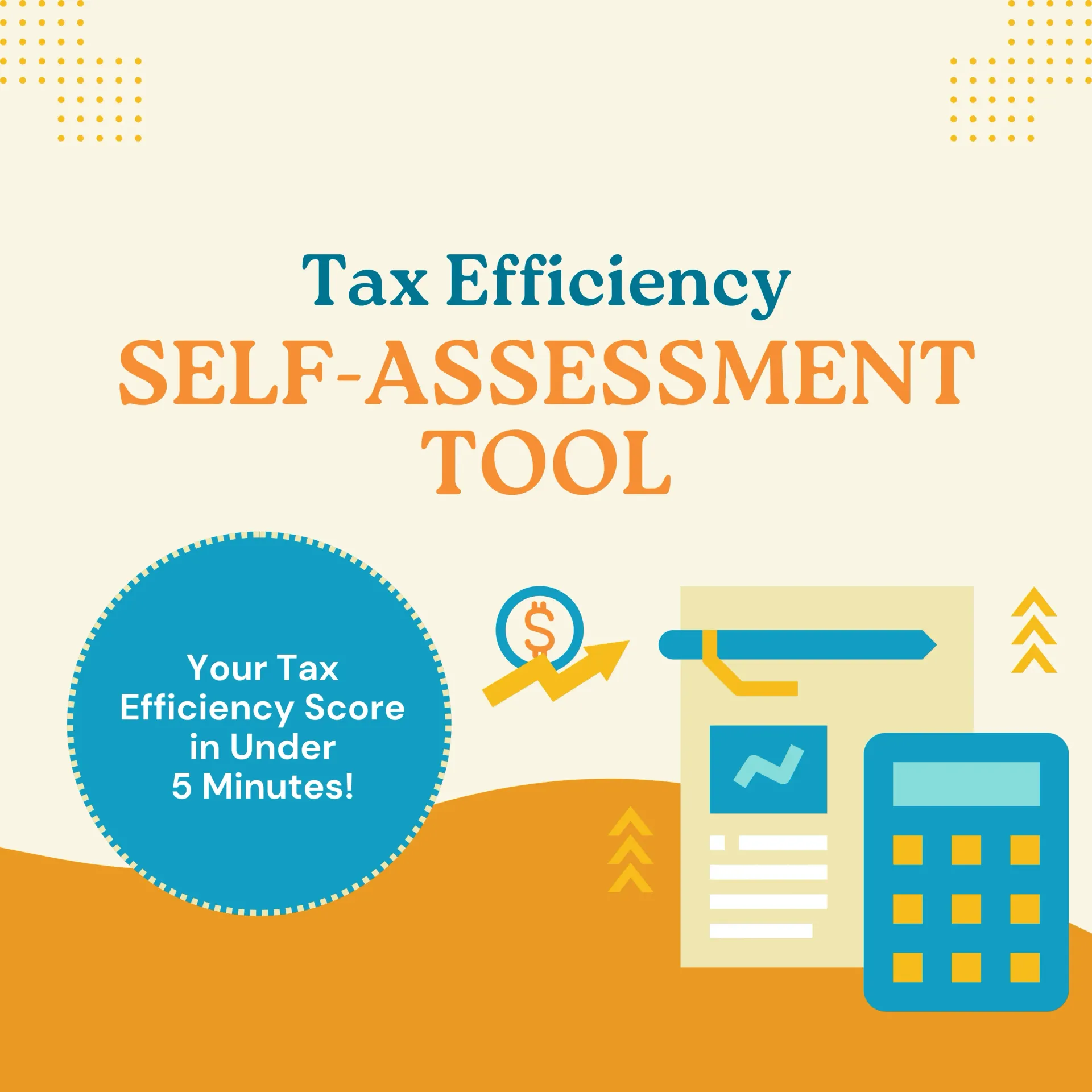Navigating Tax Credits vs. Deductions: What’s the Difference

Understanding tax credits and deductions is essential for anyone looking to minimize their tax liability. At Straight Talk CPAs, we believe that knowledge is power when it comes to taxes. Whether you're a seasoned taxpayer or new to navigating tax returns, grasping the nuances between these two concepts can lead to significant savings. This blog will clarify the differences between tax credits and deductions and provide tips on how to maximize their benefits.
What Are Tax Credits?
Tax credits provide a dollar-for-dollar reduction of your income tax liability.
Types of Tax Credits:
- Nonrefundable Credits: Reduce your tax liability to zero but won’t result in a refund.
- Example: If you owe $300 in taxes and have a $500 nonrefundable credit, your tax liability is reduced to zero, but the remaining $200 does not come back to you.
- Refundable Credits: Reduce your tax liability to zero and can result in a refund.
- Example: If you owe $200 and have a $500 refundable credit, you’ll receive a $300 refund.
Common Examples:
- Earned Income Tax Credit (EITC): Assists low-to-moderate-income workers.
- Child Tax Credit: Provides financial relief to families with dependent children.
What Are Tax Deductions?
Tax deductions lower your taxable income, which indirectly reduces the amount of tax you owe. By carefully tracking and implementing strategic deductions, you can significantly decrease your overall tax liability.
Types of Tax Deductions:
- Standard Deduction: A fixed amount based on your filing status.
- For 2023:
- Single filers: $13,850.
- Married filing jointly: $27,700.
- Itemized Deductions: Require listing eligible expenses, such as:
- Mortgage interest.
- State and local income taxes paid.
- Charitable contributions.
Additional Strategic Deductions:
- Section 179 Depreciation: Deduct the full cost of qualifying business equipment in the year it is purchased rather than spreading the cost over several years.
- Home Office Deduction: Deduct expenses for maintaining a dedicated workspace in your home, such as a portion of your rent, mortgage, utilities, or internet.
- Bunching Deductions: Plan your charitable contributions, medical expenses, or other itemized deductions strategically to group them into a single tax year and exceed the standard deduction threshold.
- SALT Deduction Workaround: In high-tax states, leverage Pass-Through Entity Tax (PTET) elections to bypass the $10,000 state and local tax deduction cap.
Example:
If you earn $50,000 and claim a $1,000 deduction, your taxable income becomes $49,000. In the 22% tax bracket, this deduction saves you $220 (22% of $1,000).
However, by combining strategies such as bunching deductions or utilizing Section 179 for business equipment purchases, you can maximize your
tax savings.
Key Differences Between Tax Credits and Deductions
- Impact on Taxes:
- Tax credits reduce the taxes you owe directly.
- Tax deductions lower your taxable income.
- Refund Potential:
- Refundable credits can result in a refund if the credit exceeds your tax liability.
- Deductions cannot directly result in a refund but reduce your overall tax liability.
- Ease of Use:
- The standard deduction is straightforward and requires no documentation.
- Itemized deductions require detailed record-keeping.
How to Maximize Your Savings
- Know Your Eligibility: Research credits and deductions for which you qualify. For example, the Earned Income Tax Credit (EITC) is income-dependent and tailored to low-to-moderate-income workers.
- Keep Good Records: Save receipts for deductible expenses like medical bills, business mileage, or charitable donations to substantiate your claims.
- Standard vs. Itemized Deduction: Compare the standard deduction with itemized deductions to determine which provides greater savings.
- Consult a Tax Professional: A CPA can identify all possible credits and deductions, including advanced strategies like SALT workarounds or Section 179 depreciation, and ensure accurate filings.
- Plan Ahead: Consider future life events, such as having a child or buying a home, and how they might impact your eligibility for credits and deductions.
Real-Life Example
Scenario: Olivia, a single mother earning $40,000 annually, has one child.
Tax Credits:
Sarah qualifies for the Child Tax Credit of $2,000.
Tax Deductions:
She incurred $3,000 in deductible work-related expenses.
Tax Calculation:
- Deduct $3,000 from her $40,000 income, resulting in a taxable income of $37,000.
- Calculate her tax liability based on $37,000, then apply the $2,000 Child Tax Credit.
If her calculated taxes were originally $4,500, the credit reduces it to $2,500.
Outcome: Olivia effectively lowers her tax bill by leveraging both credits and deductions strategically.
Conclusion
Understanding the differences between tax credits and deductions is key to optimizing your tax savings. By combining these tools effectively, you can significantly reduce your tax liability and maximize your financial benefits.
At
Straight Talk CPAs, we’re here to help you navigate these complexities with ease. Let us guide you to make informed decisions and keep more of what you earn.
Discover Your Tax Savings Score in Minutes!


Salim is a straight-talking CPA with 30+ years of entrepreneurial and accounting experience. His professional background includes experience as a former Chief Financial Officer and, for the last twenty-five years, as a serial 7-Figure entrepreneur.




